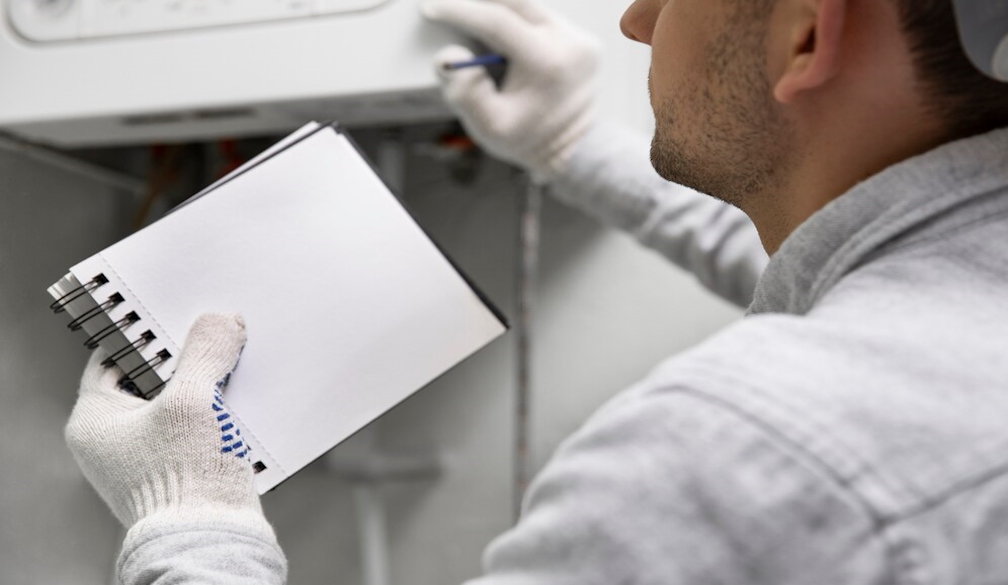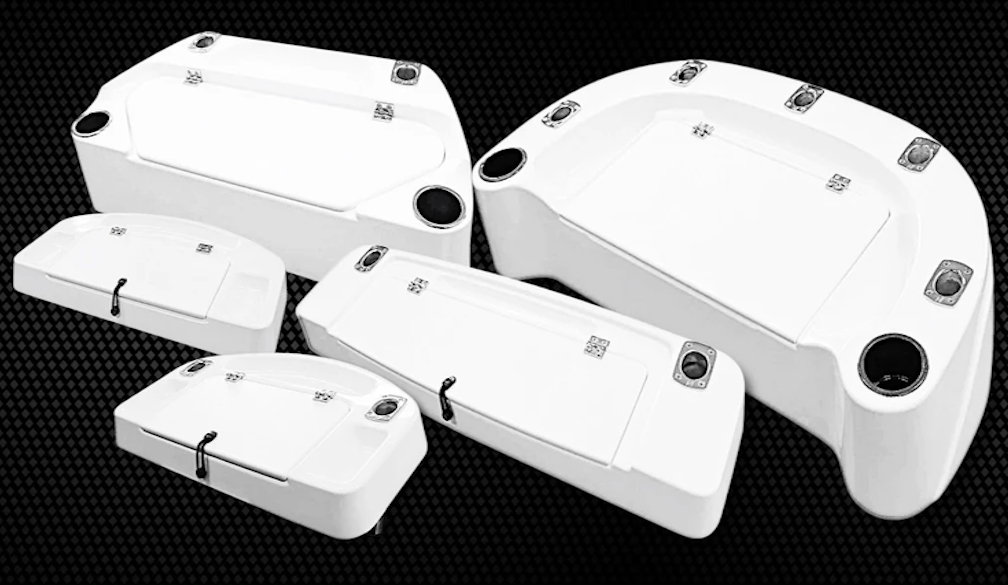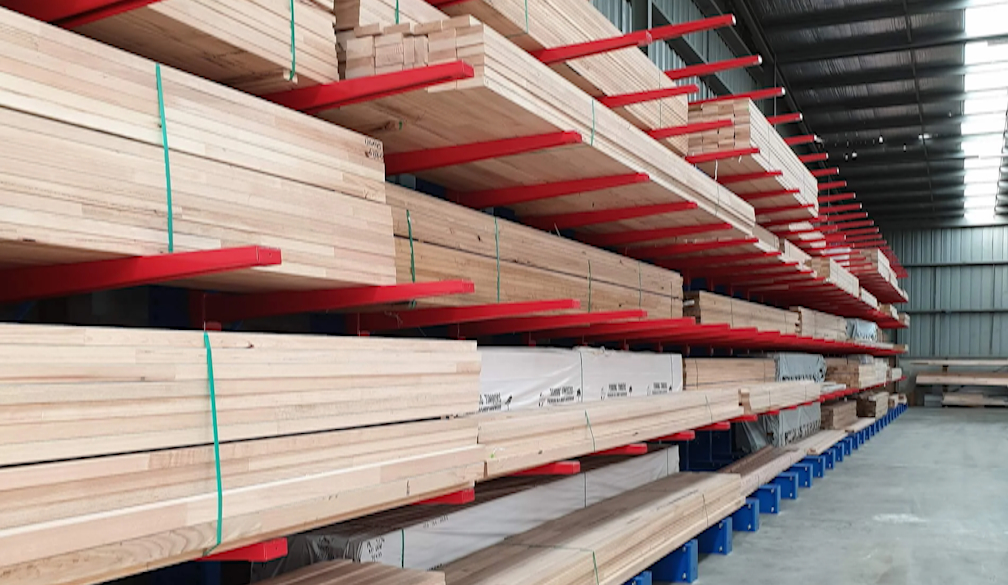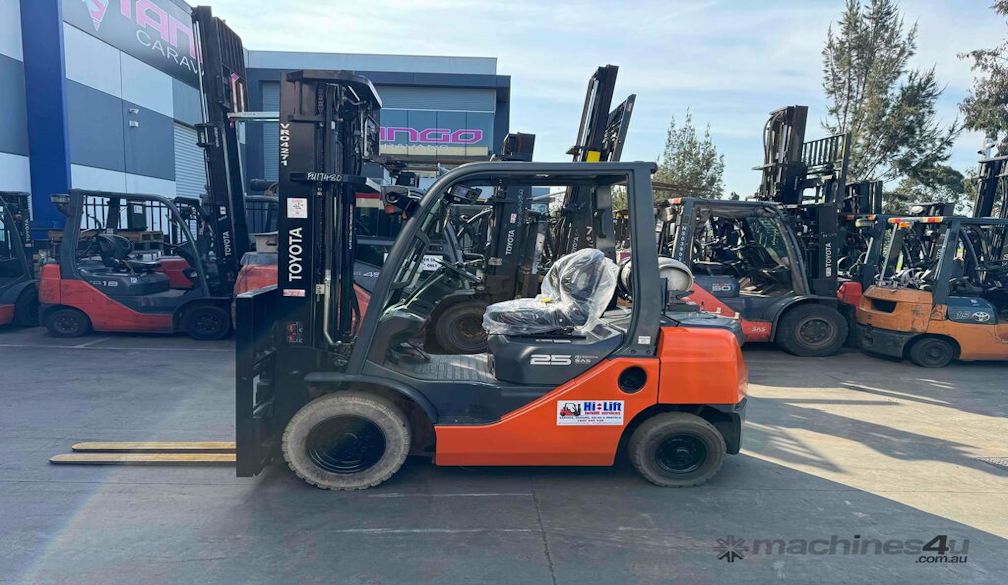The Essential Role of Mining Equipment in Modern Mining Operations
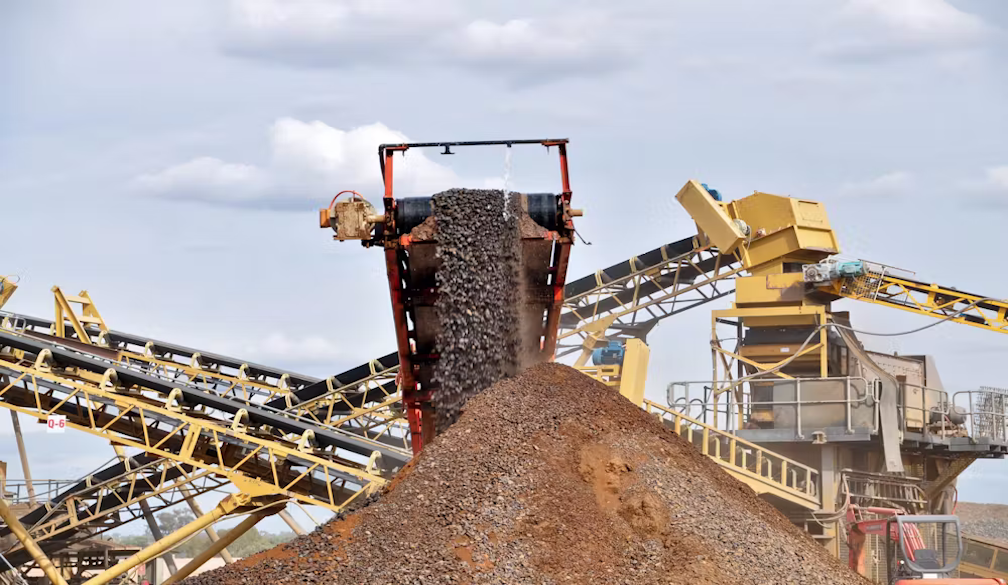
Mining is a crucial industry that provides the raw materials needed for various sectors, including construction, manufacturing, and energy. As the demand for minerals and resources continues to rise, the role of mining equipment in enhancing efficiency, safety, and productivity becomes increasingly vital. This blog post explores the importance of mining equipment, the different types available, and key considerations for selecting the right machinery for your operations.
The Importance of Mining Equipment
Mining operations are complex and often take place in challenging environments. The right mining equipment can significantly impact the overall efficiency and profitability of these operations. Here are some key reasons why mining equipment is essential:
- Increased Productivity: Modern mining equipment is designed to perform tasks faster and more efficiently than ever before. This increased productivity allows mining companies to meet growing demands while minimizing operational costs.
- Enhanced Safety: Mining can be dangerous, with risks ranging from equipment accidents to exposure to hazardous materials. Advanced mining equipment is equipped with safety features and technology that help reduce these risks and protect workers on-site.
- Cost Efficiency: Investing in the right mining equipment can lead to significant cost savings over time. Efficient machines reduce fuel consumption and maintenance costs while improving overall output.
- Environmental Sustainability: The mining industry is increasingly focused on reducing its environmental impact. Many modern mining machines are designed to be more environmentally friendly, using less energy and producing fewer emissions.
Types of Mining Equipment
Mining equipment can be classified into several categories based on the tasks they perform. Here are some of the most common types of mining equipment:
- Excavators: These machines are used for digging and removing earth and minerals. They come in various sizes, from mini excavators for small projects to large hydraulic excavators for massive mining operations.
- Bulldozers: Bulldozers are powerful machines equipped with a wide blade used for pushing large quantities of earth. They are essential for site preparation and moving materials around the mining site.
- Dump Trucks: These heavy-duty trucks are designed to transport large volumes of material from the mining site to processing facilities or disposal areas. They are available in various sizes and capacities to meet specific operational needs.
- Drilling Machines: Drilling equipment is crucial for creating holes in the ground for exploration or for blasting purposes. Various types of drills, including rotary drills and percussion drills, are used depending on the type of material being mined.
- Conveyors: Conveyor systems are used to transport materials from one point to another within the mining site. They are efficient and help reduce the need for manual labor.
- Loaders: Loaders are used for loading materials onto trucks or into processing equipment. They can be wheeled or tracked and are available in various sizes to accommodate different applications.
Key Considerations for Selecting Mining Equipment
Choosing the right mining equipment is critical for optimizing operations. Here are some factors to consider when selecting machinery for your mining project:
- Type of Material: Different types of mining equipment are suited for various materials. For instance, coal mining may require different machines than metal ore mining. Understanding the specific materials being extracted will help you choose the right equipment.
- Site Conditions: The conditions at the mining site, including terrain, climate, and accessibility, will influence your equipment choices. Ensure that the selected machinery can operate effectively in the given environment.
- Production Requirements: Consider the scale of your mining operations and the production targets you need to meet. This will help determine the size and capacity of the equipment you require.
- Safety Features: Always prioritize safety when selecting mining equipment. Look for machines equipped with advanced safety features and technology to protect operators and reduce risks.
- Maintenance and Support: Evaluate the maintenance requirements and support offered by equipment manufacturers. A reliable after-sales service can ensure that your machines remain operational and efficient.
The Future of Mining Equipment
As technology continues to advance, the future of mining equipment looks promising. Innovations such as automation, artificial intelligence, and data analytics are transforming the mining industry. For example:
- Automation: Many companies are investing in automated mining equipment that can operate independently, reducing the need for human labor and improving safety.
- Remote Monitoring: Advanced sensors and data analytics tools allow operators to monitor equipment performance in real-time, helping to identify issues before they become significant problems.
- Electric and Hybrid Equipment: The push for sustainability is driving the development of electric and hybrid mining equipment that produces fewer emissions and reduces fuel consumption.
Conclusion
In conclusion, mining equipment plays a vital role in the success of mining operations. From enhancing productivity and safety to reducing costs and environmental impact, the right equipment can make a significant difference in the efficiency of mining activities. By carefully considering the types of equipment needed, along with the specific requirements of your operation, you can ensure a successful and sustainable mining process.
As the industry continues to evolve, staying informed about the latest advancements in mining technology and equipment will be crucial for maintaining a competitive edge. Investing in high-quality machinery and prioritizing safety will not only benefit your operations but also contribute to a more sustainable future for the mining industry.



